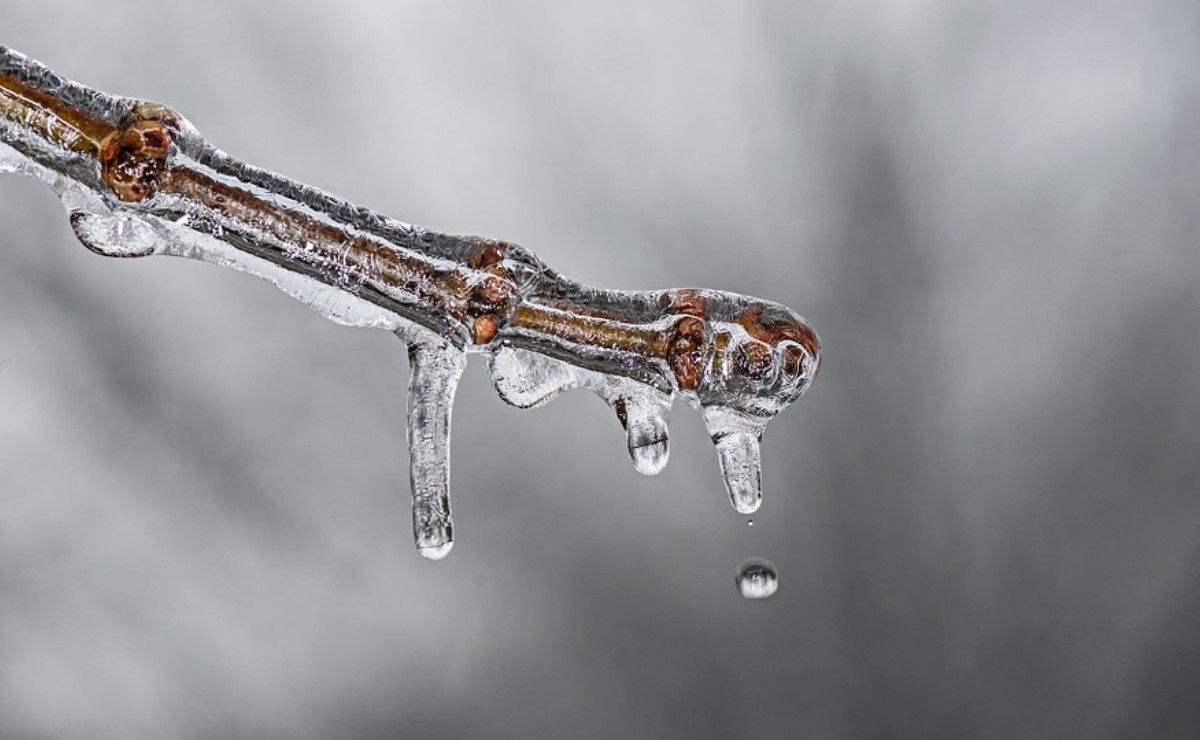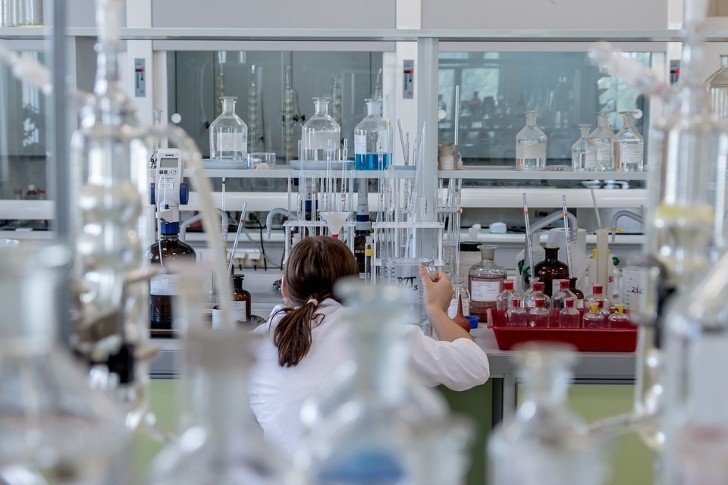
"CoolSculpting" stand out would be a good method to lose weight by freezing fat under a non-surgical process
The Harvard University-associated lab that created the "CoolSculpting" process to reduce fat claims it is developing the next advance in non-surgical weight loss.
CoolSculpting freezes fat cells by applying an ice-cold gel patch to the skin, causing the cells to die for the body to remove or absorb, explained lead researcher Dr. Lilit Garibyan, a researcher at the Wellman Center for Photomedicine at Massachusetts General Hospital, Boston.
Now his lab is trying to make the process even more effective by injecting an ice-cold liquid mixture into fat deposits.

In tests with pigs, the injectable liquid, which contained 20 to 40 percent ice, caused fat deposits to disappear over several weeks, the researchers reported in a recent issue of the journal Plastic and Reconstructive Surgery. .
Now, the procedure will move to human clinical trials, and the researchers hope to be approved and brought to market in a few years, Garibyan said.
The US Food and Drug Administration (FDA) approved CoolSculpting in 2008. Garibyan said it remains the only non-invasive technology the FDA has approved to reduce and reconfigure fat deposits in the body.
The process works using an observable principle every time someone opens the fridge: Fat freezes at a lower temperature than water, he said.
Butter becomes liquid again at higher temperatures, but it solidifies in the fridge, Garibyan said. Water remains liquid at cool or warm temperatures.
"Lipid-rich tissue is much more susceptible to cold injury," Garibyan said. "You can cause fat, or lipid-rich tissue, to die, without anything happening to the surrounding water-rich tissue, such as skin or muscle."
If applying cold patches to the outside of the skin can cause fat cells to die, the researchers reasoned, then a very cold solution injected directly into a fat reservoir might work even better.
A sterile solution of normal saline and glycerol is brought to temperatures close to freezing, and then injected into the fatty areas.
The solution caused fat cells to crystallize and die in pig tests, and fat deposits to shrink, the researchers reported.
But it did not damage any surrounding tissue, Garibyan added.
"When we inject it directly into the muscle or the skin, nothing happens. There is no significant injury. It only affects the fat tissue," he said.
This new process looks promising, but it is more invasive than CoolSculpting and tests will be needed to prove its safety, said Dr. Charles Salzberg, chief of plastic and reconstructive surgery at Mount Sinai Hospital in New York City. Salzberg was not involved in the investigation.
Salzberg said that CoolSculpting is a very safe process, but that it often falls short of anticipated fat reduction.
The newly developed injection "is a very positive thing, and it could be a wonderful tool to get rid of localized fat, but it would have to be proven safe," Salzberg added. "Fluid is injected into patients. Do they have a problem?"
It may interest you: This WEIGHT LOSS medicine could cause cancer